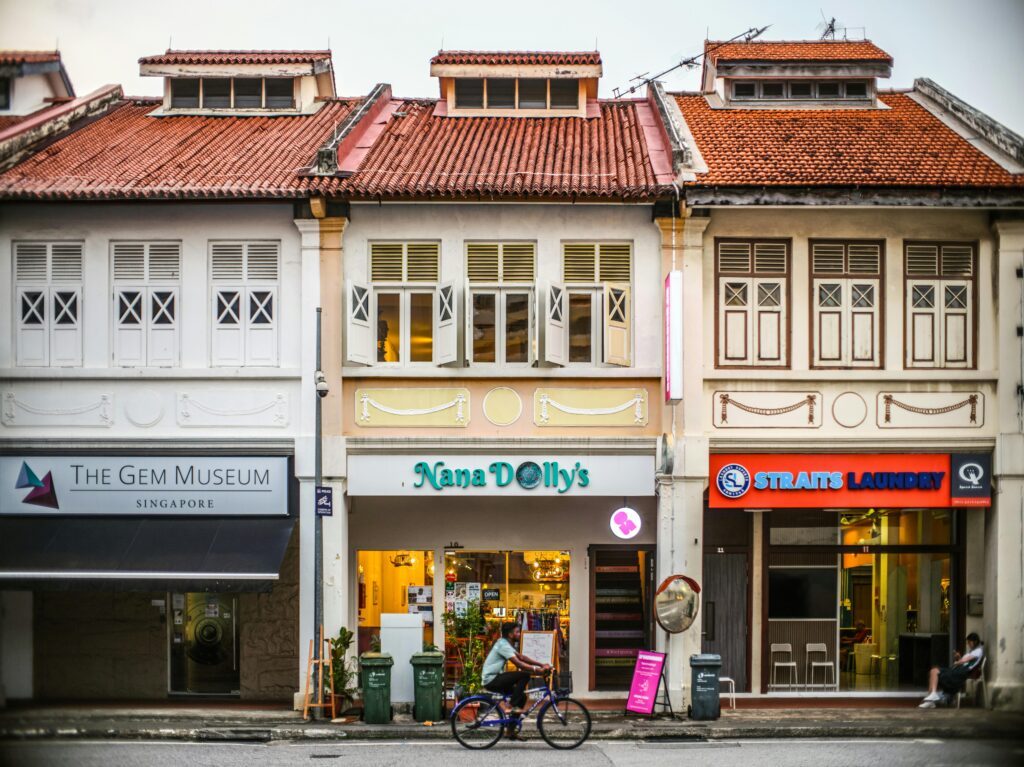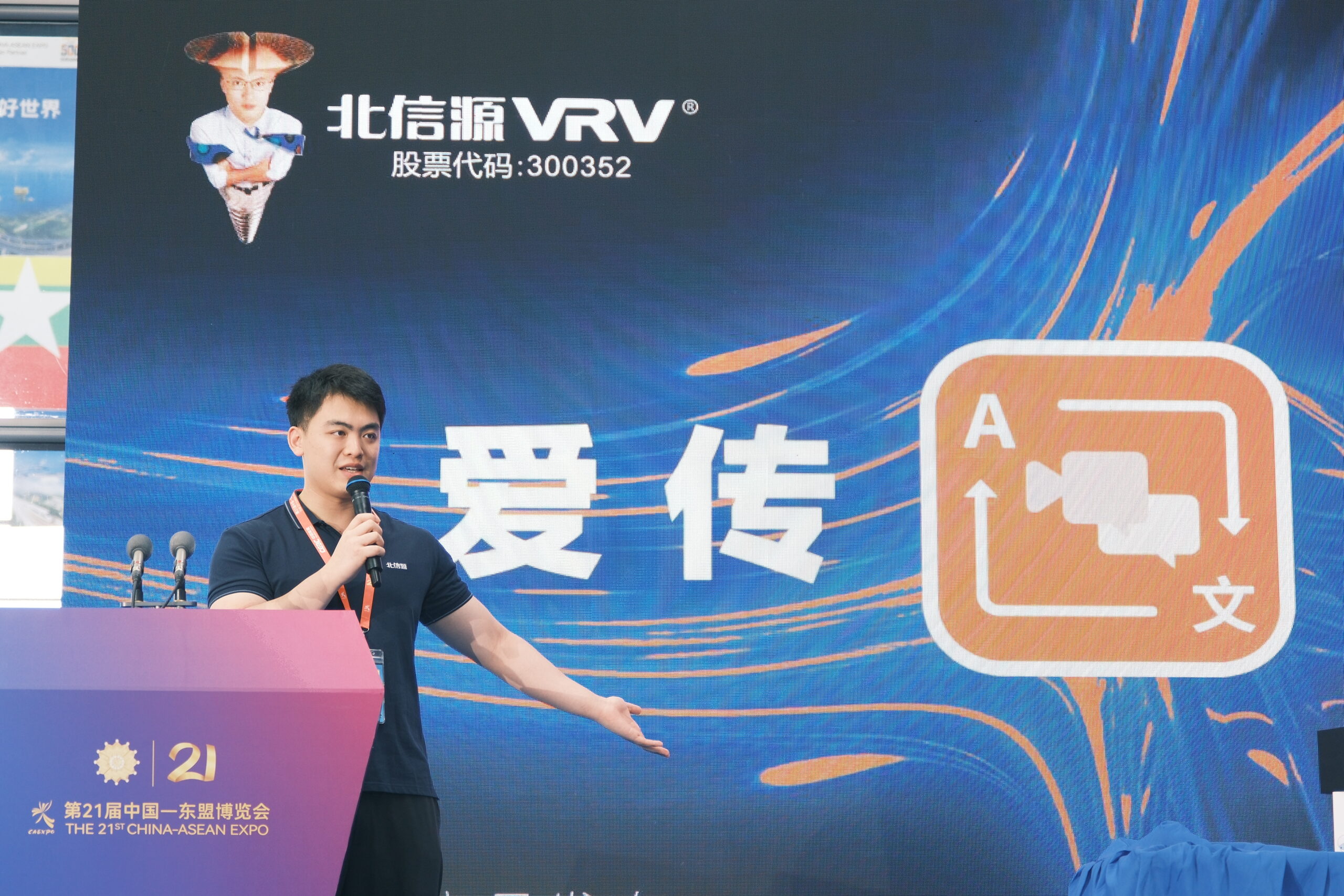Across Asia, a renaissance is underway within the tourist information centers that serve as gateways to rich cultural experiences and seamless travel. Once seen as modest help desks in bustling cities and remote towns, these centers are now embracing technology and local insight to enhance the overall experience of millions of visitors.

A Hub of Modern Travel
Digital Transformation and Multilingual Support:
Across Asia, traditional tourist information centers are being revitalized with state-of-the-art digital tools. Interactive kiosks, mobile apps, and real-time data displays provide travelers with up-to-the-minute information on transportation, local attractions, weather alerts, and safety updates. The centers now routinely offer information in multiple languages, reflecting Asia’s diverse visitor demographics and ensuring that language is no longer a barrier to exploration.
Integration with Local Culture:
Beyond being sources of travel logistics, these centers are embracing their roles as cultural ambassadors. Collaborations with local artisans and cultural institutions allow centers to promote community events, exhibitions, and festivals. This integration not only enriches the travel experience but also gives visitors an authentic glimpse into the local way of life. Personalized recommendations about hidden gems—from quiet tea houses in Vietnam to traditional markets in Indonesia—are now standard services offered by seasoned local guides stationed at these centers.
Enhancing the Traveler Experience
Seamless Navigation and Connectivity:
The transformation in tourist information centers has redefined how visitors interact with a destination. Travelers can now access comprehensive guides and digital maps that are continually updated to reflect current travel conditions, including transit schedules and alternative routes during peak hours. By bridging the physical and digital worlds, these centers help visitors to navigate often-complicated transit networks and explore beyond well-trodden tourist paths.
Community Engagement and Personalized Service:
In many Asian cities, tourist centers have evolved into vibrant community hubs. Staffed by knowledgeable locals, these centers do more than just dispense printed brochures—they share stories, recommend local dining spots, and provide hands-on assistance with cultural etiquette. Regular workshops, language classes, and cooking demonstrations are also offered, transforming these centers into experiential venues that foster a deeper connection between visitors and the communities they explore.
Sustainable and Responsible Tourism:
A significant part of the modernization process involves a commitment to sustainability. Information centers now regularly disseminate guidelines on eco-friendly practices and promote tours that support local conservation efforts. With growing environmental concerns among modern travelers, these centers play a crucial role in educating visitors on how to minimize their footprint while enjoying Asia’s natural beauty.
The Road Ahead: Continuous Innovation
Future Trends and Expansion:
Looking forward, experts predict that Asian tourist information centers will continue to evolve. Artificial Intelligence (AI) and augmented reality (AR) are poised to further revolutionize the way information is presented, enabling immersive experiences that transport users virtually to historical sites or cultural landmarks before they even arrive. Additionally, the integration of feedback loops through social media platforms will allow centers to tailor services in real time, ensuring that every travel recommendation is as relevant and engaging as possible.

Bridging Global Networks:
As travel continues to rebound following past global challenges, there is a growing emphasis on interconnectivity. Tourist information centers in Asia are forging partnerships with international networks, sharing best practices and technological advancements. This global collaboration promises to further enhance the accessibility and quality of tourist services, making every journey through Asia smoother, richer, and more rewarding.
Frequently Asked Questions
Q: What role do tourist information centers play in modern Asian travel?
A: They serve as essential hubs that combine up-to-date travel data, local cultural insights, and multilingual support, helping visitors navigate both urban and rural destinations with ease.
Q: How has technology improved these centers?
A: The incorporation of interactive kiosks, mobile applications, and real-time data displays has streamlined navigation, provided instant updates on travel conditions, and enhanced overall visitor engagement.
Q: Are there new services offered by these centers compared to the past?
A: Yes. Beyond providing maps and brochures, many centers now offer personalized cultural recommendations, host community events, and educate visitors on sustainability practices.
Q: How do these centers support local communities?
A: By promoting local events, collaborating with cultural institutions, and offering personalized guides, the centers help preserve and share local heritage, benefiting both visitors and residents.
Q: What sustainability initiatives are being promoted through these centers?
A: They provide guidelines on eco-friendly travel, promote tours that support environmental conservation, and often partner with local organizations to encourage responsible tourism practices.
Q: How is digital technology integrated into the centers’ services?
A: Digital tools such as real-time transit apps, interactive digital maps, and multilingual interfaces are used to ensure that travelers receive the most current and useful information during their journey.
Q: Will future advancements like AI and AR affect these centers?
A: Absolutely. Emerging technologies like AI and AR are expected to further enhance visitor experiences by providing immersive digital previews of destinations and intelligent service recommendations.
Q: How do these centers accommodate non-English speakers?
A: Tourist information centers in Asia now routinely offer services in multiple languages, ensuring that information is accessible to a diverse international audience.
Q: Do the centers only operate in major cities?
A: While many are located in major urban centers, there is a growing emphasis on establishing centers in more remote or rural areas to better serve travelers exploring lesser-known destinations.
Q: How can travelers access additional information if needed?
A: Most centers provide contact details for local tourism offices, offer online resources through their websites and mobile apps, and often maintain active social media channels for continuous support.

As Asia redefines its travel landscape, tourist information centers are emerging as critical nexuses where modern technology, traditional culture, and sustainable practices converge. These revitalized centers empower travelers to experience Asia in ways that are immersive, informed, and deeply enriching—truly a new era of connected exploration.
Sources CNN


